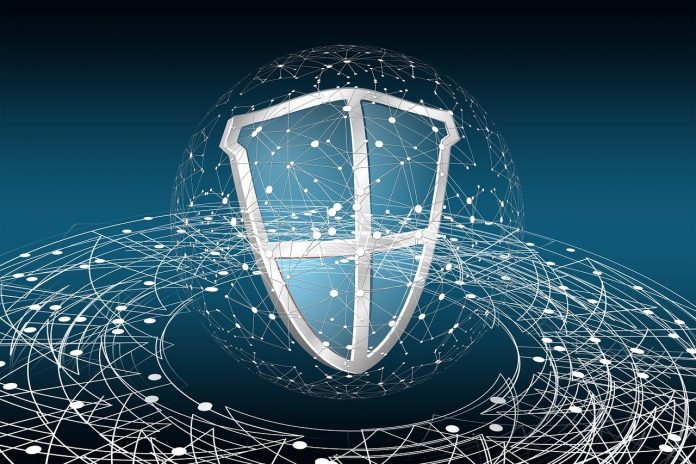Every single business, big or small, relies on technology. Unfortunately, many organizations can potentially fall prey to cyberattacks if they fail to take the necessary steps to safeguard their IT infrastructure. In this post, we want to share some tips to protect your business from hackers.
Tip 1: Secure your Wi-Fi network
An unsecured network opens doors to hackers who hunt for company data. You can solidify your Wi-Fi network security in a few steps:
- Place your in-office Wi-Fi router and other pieces of IT infrastructure in a secure location with restricted access, preferably under constant surveillance;
- Change your router’s default login information and use a potent password and login;
- Enable a firewall in your router’s settings. It’s a layer of security that prevents outsiders from accessing the data you transmit through your Wi-Fi network. You can advise the employees to do the same with their home routers;
- Install antivirus software on all machines. With the latest solution in place, you will shield your operating system (and therefore your data) from viruses and malware.
Tip 2: Create backup copies of your vital business data
Some malware forms lock businesses out of their crucial information, rendering them powerless. The only way to protect your data is to make copies of your critical files. Thus, you should make it a good practice at your firm to regularly back up every last piece of data on all machines by scheduling automatic backups or storing data in the Cloud. Also, consider encrypting your sensitive data to avoid reputational and financial losses associated with a data breach.
Tip 3: Educate your employees on cybersecurity
While cyberattacks are mostly associated with malware, it’s not the only threat out there. Your employees, too, can put your business data at risk on an everyday basis. Thus, it’s reasonable to educate your employees on cybersecurity principles and best practices. Here are the basic principles you can incorporate into your guidelines.
Login and password: Establish “a strong password policy” and ensure that your employees know how to generate potent, unique logins and passwords. Advise them to create at least 12 characters long passwords, including letters, numbers, special symbols, and lower and upper cases.
Email security: Phishing and email scams are commonplace in our email boxes. These malicious emails contain links or attachments, clicking on which can expose your business data to cybercriminals. Be sure that your employees know how to treat unsolicited emails. Implementing and monitoring DMARC, DKIM and SPF records would apply an extra layer of protection and prevent phishing and spoofing attacks.
Malware handling: For example, your employees, assuming they are Mac users, should be aware of the steps to remove a Safari virus. To start, you can check existing guidelines on how to get rid of a Safari-targeting virus and use them to instruct your employees. Alternatively, you can establish your own malware handling protocol for your employees to follow.
Vital data protection: Establish a guideline that outlines the criteria of sensitive information and other essential data and how it should be treated.
Tip 4: Run regular updates of your software
Software manufacturers release updates that patch vulnerabilities that cybercriminals can exploit to lay hands on your business data. The bottom line is: You shouldn’t ignore update notifications. Consider all software your company uses, like an operating system, servers, antivirus software, firewalls, email services, etc., and set up their automatic updates.
Tip 5: Prepare a protocol to respond to a cyberattack
Prevention is essential, but responding to an attack should also be a necessary cog in your cybersecurity strategy. Given that no security measures guarantee a 100% successful result, it’s best to prepare your business for an event of a data leak. You can start by putting together an incident response plan, including well-defined steps to follow in case of data theft. With a response plan in place, you’ll stand a better chance at minimizing the repercussions of the incident.
Finally, it’s a good idea to routinely revisit your cybersecurity guidelines and conduct the needed employee training.
Find a Home-Based Business to Start-Up >>> Hundreds of Business Listings.














































